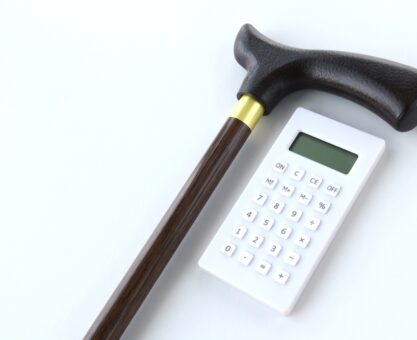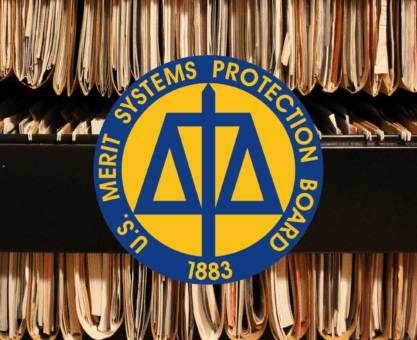As we mentioned in a previous article, starting January 1, 2026, federal employees will be able to perform in-plan TSP Roth conversions. This lets you transfer funds directly from your Traditional TSP account to a Roth TSP account. If you don’t already have a Roth TSP, the conversion will automatically create one for you.
Because contributions to your Traditional TSP were made pre-tax, any amount you convert to a Roth TSP will be subject to ordinary income taxes. To avoid pushing yourself into a higher tax bracket, it’s wise to strategically perform conversions in lower-income years, or to ladder conversions over multiple years to spread out the tax impact.
How Laddering Works
Instead of converting a large lump sum at once, a ladder spreads conversions across several years. Each year’s conversion has its own five-year waiting period before earnings can be withdrawn penalty-free. By stacking annual TSP Roth conversions, you create a ladder where each “rung” becomes available in succession, giving you predictable access to funds while managing taxes.
Why RMDs Matter
Taxes are unavoidable, and while contributions to your traditional TSP may lower your tax burden and increase your net pay now, the IRS won’t wait for its share forever. Required Minimum Distributions (RMDs) kick in at age 73 or 75, depending on your birth year. You must begin taking withdrawals and paying taxes on both contributions and earnings, or face penalties. When combined with your FERS annuity and Social Security, RMDs can push you into a higher tax bracket and reduce your retirement nest egg more than anticipated.
The Roth Advantage
The Roth TSP is not subject to RMDs, giving you more control over your retirement income. Plus, with a Roth conversion, the tax payment occurs upfront on the converted amount, but all future growth and qualified withdrawals are tax-free. This trade-off often makes a Roth conversion a smarter long-term move compared to leaving money in a traditional account, where both contributions and earnings are taxed upon withdrawal.
Plan Ahead
Retiring without a clear conversion and withdrawal strategy can lead to larger-than-expected tax bills. By identifying the most advantageous years to move part of your savings into a Roth, you can smooth out taxes and preserve more of your retirement income.
Need help determining if TSP Roth conversions are right for you? Reach out to a Federal Retirement Consultant (FRC®) who can give you an in-depth analysis of your benefits and recommend a strategy that best fits your needs.


























